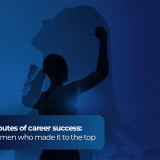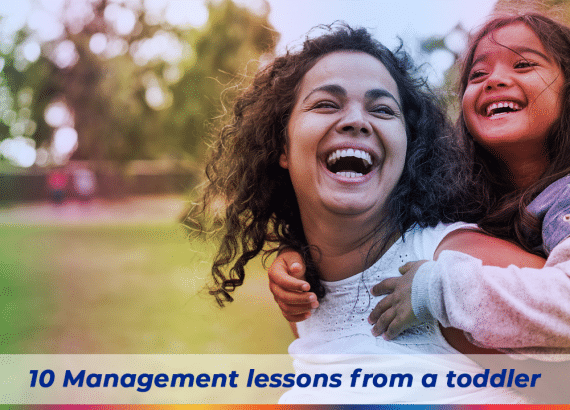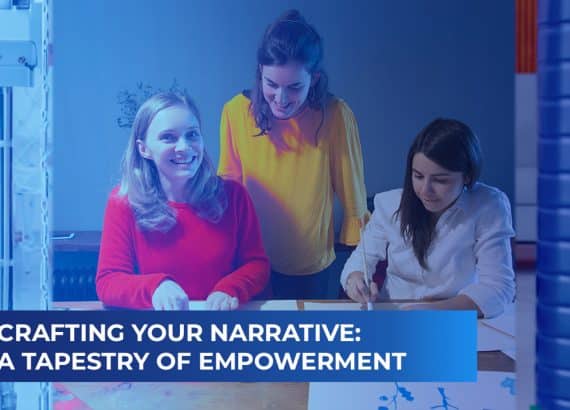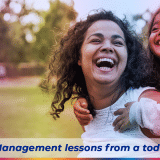Skill-Building: The Reinforcement for Automation Revolution
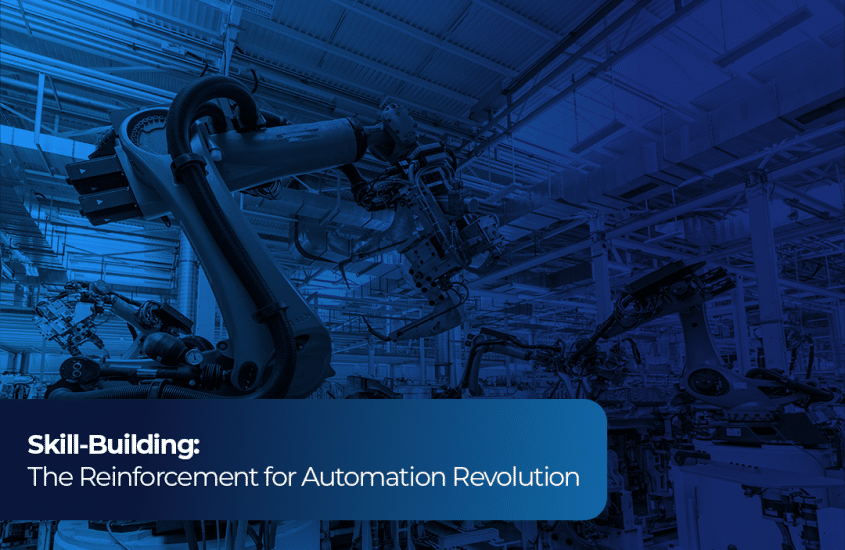
Author: Athira Premarajan
As the World Economic Forum recently called out the importance of reskilling and upskilling to live in times of the automated era, which is going to eat up a billion jobs formerly done by humans, as a minority workforce, women ought to be committed to investing in their careers. As this so-called “Emergency Period” arises, women professionals must have in possession the required skillset for surviving in this VUCA world that we have been journeying in so far. The heartening fact is that employees have already started the groundwork for being a step ahead of the automation revolution. According to LinkedIn’s Global Talent Trends 2020 Report, 73% of employees say they would stay longer at their company if there were more skill-building opportunities.
As known, organizations are investing a lot in skill-building and training programs for their employees, for the mutual benefit of it. But are the fruits of wisdom served impacted any of the parties involved positively? Many of us might carry the learning from a training session until we are back to our seats, or its life is only until we return to our regular chores. Why is that so? It’s high time the investors – the organizations and the recipients – the employees think about it, as this training frenzy has not only been causing money loss but also time, interest, and the will to learn of the people involved. The 2020 Training Industry Report says, across all industries, organizations with 100-999 employees spent about $1,678 per employee, organizations with 1,000-9,999 employees spent about $581 per employee, and companies with 10,000 employees or more spent $924 per employee on training. Another report from Harvard Business Review records $160 billion spent in the United States and close to $356 billion globally in 2015 alone. And the ROI? As usual, not as expected or ineffective. So, how can employees accomplish effective learning and further help in saving organizational investments? It’s not hard as it sounds as some of us are doing it already for successful career progressions.
On that note, it is relevant to elaborate on the core mindsets approach of effective learners, as deemed fit by McKinsey. Developing learning skills for effectively grasping the skills being taught is as important as learning technical skills. The first point obviously, is unleashing one’s intentionality – The will to go that extra mile, dedicating to achieving what’s on the calendar. All have it and making effective use of it is the key. While intentional learners embrace their need to learn, for them learning is not a separate stream of work or an extra effort. Instead, it is an almost unconscious, reflexive form of behaviour. Hence, intentionality is the push that comes from within or that fire in one that helps pursue their passion. Once intentional, it is easy to make the two critical mindset adaptions: ‘Adopting a growth mindset’ and ‘Feeding one’s curiosity’.
Adopting a growth mindset is about being open to learning and being a continuous learner. It is the way one confidently approaches the tasks one was formerly afraid to take up. It is simply, believing in the abilities and performing the tasks. Feeding curiosity is all about bringing yourself to the brim of the knowledge pool at every single opportunity. It is a state of complete awareness and acting with an open mind. Curiosity helps in boosting motivation and helps one become a self-learner. With these two factors in check, an ambitious learner can set clear goals and derive productive results. The best example to quote here would be the participants of DigiPivot, the career skilling program designed and delivered by Google in association with Avtar and the Center for Executive Education – Indian School of Business (ISB). The key pillars examined by this research included the ability to seek mentors, technical competence, executive presence, collaborative skills, leadership skills, and polarity management. As per the results, the average growth rate of skills representative of intentionality is sharpest for women in uninterrupted careers (at a 70% growth rate), followed by self-employed women (at a 61% growth rate) and women on breaks (at a 59% growth rate). The research also establishes the impact of up-skilling on women in terms of skill enrichment, up by an average of 65%.
So, if you have that gist in you to be updated with changing times, you carry intentionality. And it is highly essential for each of us to carry that grit for growth, and the passion for learning to keep up with the pace of the world.


